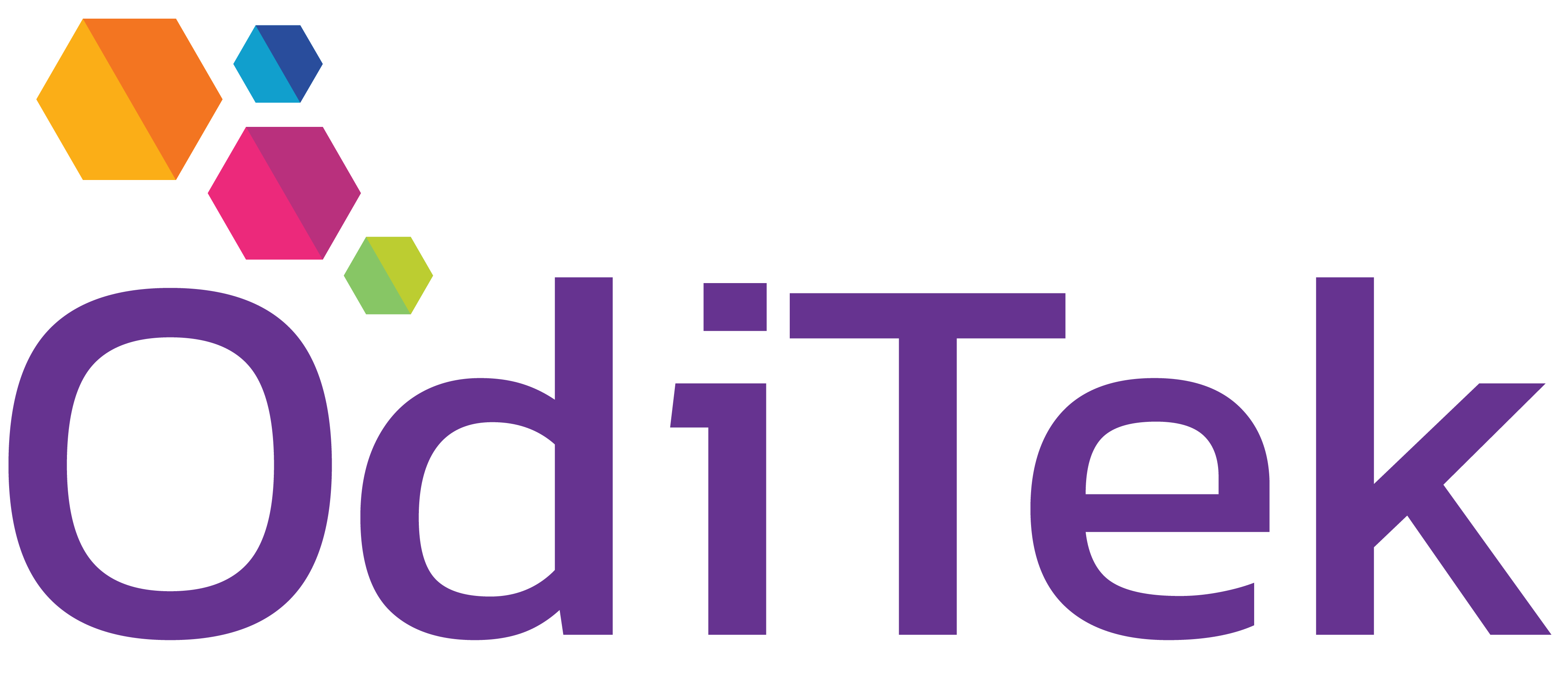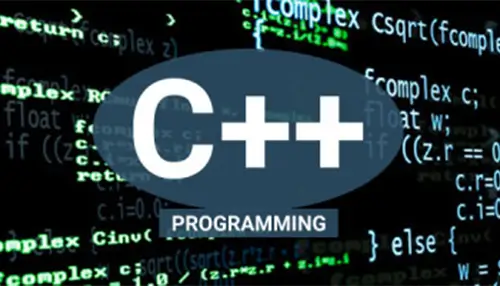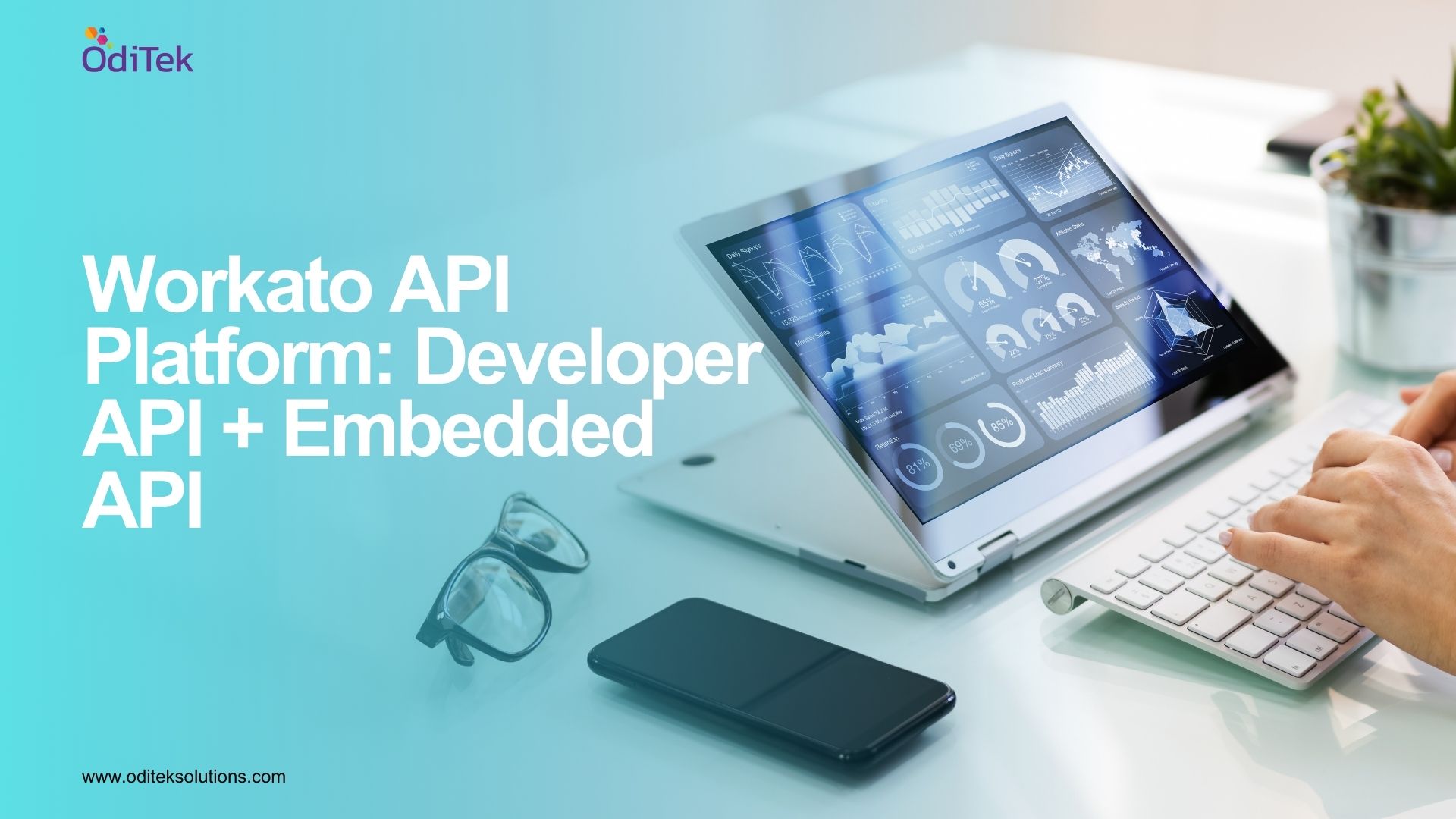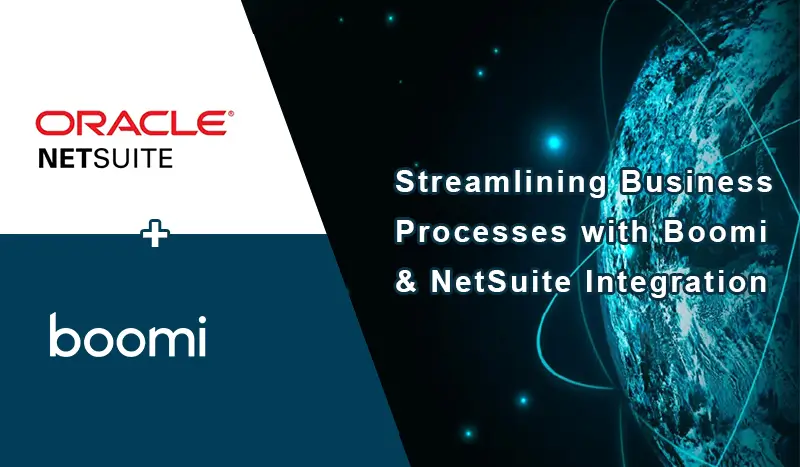Object detection models are critical component of modern computer vision systems, enabling applications such as autonomous vehicles, facial recognition, surveillance, and augmented reality. At its core, object detection involves identifying and localizing objects within an image or video using bounding boxes. This blog explores the building blocks of object detection algorithms, including detection layers, bounding boxes, and one-shot detection models.
Key Concepts in Object Detection Models
Bounding Boxes
Bounding boxes are rectangular regions in an image that enclose an object of interest. They serve as the fundamental unit for object localization, enabling algorithms to determine the position and size of detected objects. A bounding box is typically defined by four coordinates: the x and y positions of the top-left corner and the width and height of the rectangle. In practical implementations, algorithms like YOLO or SSD use bounding boxes to predict object locations and sizes. These predictions are refined using techniques such as non-maximum suppression (NMS) to eliminate overlapping boxes and focus on the most accurate detections.
Bounding boxes are not only critical for localizing objects but also for calculating metrics like Intersection over Union (IoU), which measures the overlap between predicted and ground truth boxes. High IoU scores indicate better accuracy, making bounding box refinement a key focus in modern object detection models.
Detection Layers
Detection layers are specific neural network layers responsible for predicting object classes and bounding box coordinates. Modern object detection models use specialized detection layers to achieve high accuracy and efficiency. For example, YOLO (You Only Look Once) models use a single detection layer to predict multiple bounding boxes and their associated probabilities in one forward pass. These layers often combine outputs from multiple feature maps to detect objects at different scales and resolutions.
Detection layers typically incorporate mechanisms such as:
• Anchor Boxes
Predefined bounding box templates that serve as starting points for localization. Anchor boxes are designed to match objects of varying shapes and sizes by using multiple aspect ratios and scales. By doing so, they allow detection models to efficiently handle diverse object geometries and improve localization precision.
• Confidence Scores
Probabilities assigned to each detected object, indicating the model’s certainty. Higher confidence scores suggest stronger predictions, helping to filter out false positives. Confidence scores are computed through a sigmoid or softmax function, reflecting the likelihood that a bounding box contains a particular object.
• Class Predictions
Outputs representing the likelihood of the object belonging to a particular class. These predictions are typically multi-class probabilities, allowing models to identify objects from a predefined set of categories. Class predictions often rely on cross-entropy loss during training to ensure accurate classification.
In advanced models like RetinaNet, detection layers also include focal loss to address the imbalance between easy and hard examples during training. Focal loss dynamically scales the loss for well-classified examples, preventing them from dominating the gradient updates. This approach enhances the model’s ability to focus on hard-to-detect objects, significantly improving performance on challenging datasets.
Object Detection Algorithms
Object detection algorithms are divided into two categories: single-stage and two-stage detectors.
Two-Stage Detectors
Two-stage detectors, such as Faster R-CNN, separate the object detection process into two phases:
1. Region Proposal: The model identifies regions in an image that are likely to contain objects.
2. Classification and Refinement: Each proposed region is classified and refined to produce final predictions.
While two-stage detectors are known for their high accuracy, they often require more computational resources and time.
Single-Stage Detectors
Single-stage detectors, such as YOLO and SSD (Single Shot MultiBox Detector), streamline the process by predicting object classes and bounding boxes in a single step. These algorithms prioritize speed and are well-suited for real-time applications.
One-Shot Detection Models
One-shot detection models, a subset of single-stage detectors, focus on achieving high accuracy with minimal computational overhead. These models, such as YOLOv4 and YOLOv5, leverage advanced techniques like:
• Anchor Boxes: Predefined bounding box shapes and sizes for efficient object localization.
• Feature Pyramid Networks (FPN): Multi-scale feature maps for detecting objects of varying sizes.
• Loss Functions: Optimization techniques that balance localization and classification accuracy.
Object Detection in Practice
Implementing object detection models involves choosing the right algorithm based on the application’s requirements. For instance:
• Autonomous Vehicles: Real-time performance is crucial, making single-stage detectors like YOLO ideal.
• Medical Imaging: Accuracy takes precedence, favoring two-stage detectors like Faster R-CNN.
Challenges and Future Directions
Despite significant advancements, object detection algorithms face several challenges that hinder their performance in real-world applications. Addressing these challenges is critical for improving the robustness and reliability of these models. Key challenges and future directions include:
1. Handling Occlusions
o Objects that are partially blocked or obscured by other objects pose a significant challenge.
o Future research could explore advanced feature extraction methods and attention mechanisms to better detect occluded objects.
2. Detecting Small Objects
o Small objects are often overlooked by detection models due to their low resolution in feature maps.
o Techniques like using higher-resolution inputs, feature pyramid networks (FPN), and super-resolution methods can enhance the detection of small objects.
3. Reducing False Positives
o False positives occur when models mistakenly classify background elements as objects.
o Improved training strategies, such as hard negative mining and adversarial training, can help reduce false positive rates.
4. Improving Real-Time Performance
o Balancing accuracy and speed is crucial for real-time applications like autonomous driving and video surveillance.
o Lightweight architectures, model quantization, and hardware acceleration are promising directions to achieve this balance.
5. Adapting to Diverse Environments
o Models trained on specific datasets may struggle in unseen environments with different lighting, weather, or object appearances.
o Domain adaptation and generalization techniques, such as self-supervised learning, can help models adapt to diverse scenarios.
6. Integrating with Other Vision Tasks
o Combining object detection with related tasks like semantic segmentation, instance segmentation, and tracking can create more comprehensive vision systems.
o Multi-task learning and unified architectures are areas of active research to achieve this integration.
7. Minimizing Computational Costs
o High computational requirements limit the deployment of object detection models on edge devices and low-resource systems.
o Techniques like model pruning, knowledge distillation, and efficient neural architectures aim to minimize resource usage without sacrificing performance.
8. Enhancing Robustness to Adversarial Attacks
o Object detection models are vulnerable to adversarial examples designed to fool them.
o Developing defenses against these attacks is critical for ensuring the security and reliability of deployed systems.
Conclusion
Object detection algorithms form the foundation of numerous AI-powered applications. From bounding boxes to detection layers, these building blocks enable systems to perceive and understand the visual world. By harnessing advancements in one-shot detection models and refining existing methods, the future of object detection holds immense potential for innovation.
Understand object detection models here with us. Explore the core algorithms and how they work and send us your query.







